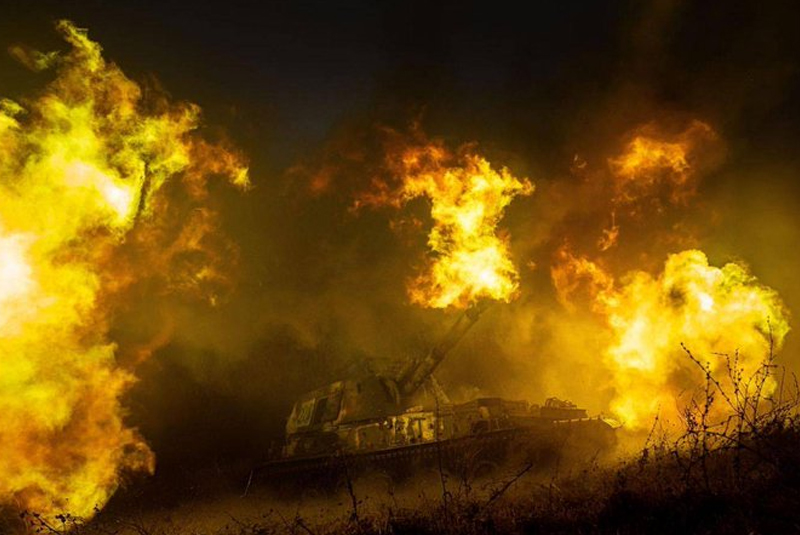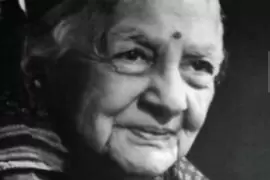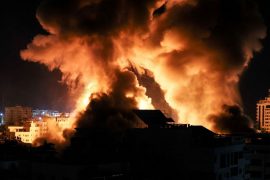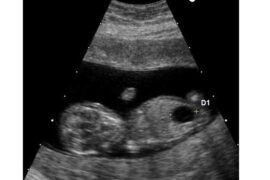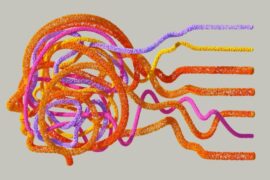Wars are world-shaping. Beyond their immediate human and physical tolls, wars alter the fates of societies and states; of clans, cultures and leaders. They establish new lines of access to resources and influence, determining who has what – and who doesn’t. They set precedents for how future wars are justified and, in the case of attempted conquest, wars can ultimately redraw the map of world politics.
One year after its unprovoked invasion on February 24, 2022, Russia’s war against Ukraine encompasses all these dangers.
With Ukraine waging an existential battle for its very survival, and Russia seemingly happy to settle for destroying Ukraine if it fails to conquer it, neither side has any incentive to stop fighting.
Absent the complete collapse of either the Ukrainian or Russian armed forces, the grim reality is that the war will likely drag on throughout 2023 – and potentially beyond it.
2023 will be crucial
But what happens in Ukraine during 2023 will be crucial. For a start, it will reveal whether victory for either side is possible, or whether a “frozen” conflict is more likely.
It will test the resolve of all the main protagonists and their supporters:
- Ukraine’s ability to repel Russian onslaughts and recapture territory
- the extent to which Vladimir Putin can command domestic obedience
- and even of China’s intentions, as it mulls supplying Moscow with weapons.
How the war plays out in 2023 will also reveal how credible the West’s determination to stand up to bullies really is. Will it move further towards supporting Kyiv by all means necessary, revert to drip-feeding its assistance, or give in to apathy and war fatigue?
The lack of consensus on arming Ukraine is an ongoing symptom of a broader problem: the absence of a coherent NATO strategy to address Russian expansionism. My latest for @ConversationEDU. https://t.co/6sjglTDEqW
— Matthew Sussex (@matthew_sussex) January 23, 2023
At present, Ukraine continues to have the upper hand, even if Russia’s armed forces have lately wrested back some momentum. But in the coming months, Kyiv will face two key challenges.
First it will need to absorb Russian attacks while conducting its own offensive operations, which will require Western heavy armour, longer-range strike capabilities, and possibly air power.
Second, Ukraine will require continued international aid and assistance to ensure its social order doesn’t break down as a result of economic collapse, and to be able to mitigate further damage to its critical infrastructure.
Putin’s army – and his authority – in the spotlight
Conversely, for Russia to turn the tide it will have to dramatically reverse the abysmal performance of its armed forces. The recent spectacular failure of the Russian assault on Vuhledar in Ukraine’s south east, seen by many as the prelude to a Spring offensive, doesn’t bode well.
With an estimated 80% of Russia’s entire ground forces now engaged in the conflict, plus tens of thousands of newly mobilised conscripts arriving at the front, there’s mounting pressure on those at the very top of Russia’s military leadership to achieve rapid results.
Failing to achieve that will ultimately rebound on Putin. To maintain social order he has become increasingly repressive, banning books, engaging in shadow conscription campaigns, and imprisoning many of those who speak out against the war.
And while the bitter infighting between the armed forces and paramilitary organisation the Wagner Group seems to have been settled for the moment, the fact that it was conducted so publicly suggests Putin no longer enjoys the same iron control amongst Russia’s leaders that he once did.
Ultimately, Putin’s bequest to his people is grimness, not greatness.
According to @matthew_sussex (@ANUmedia), the next generation of Russians will be untrusted and unwanted in many of the world’s most prosperous and welcoming nations. https://t.co/G9Tq8IQq96
— The Conversation – Australia + New Zealand (@ConversationEDU) December 5, 2022
Of course, another Russian revolution (either from above or below) is still far off. There’s no alternative value proposition for Russia’s political elites to remove Putin, and the personal risks for trying it remain very high. For its part, Russian society remains effectively apathetic – if no longer very enthusiastic – about the war.
Yet that might change. Putin can’t endure unscathed by forever blaming the West, or purging his security services for his own bad choices. His longevity has relied on the bargain he made with Russians: to protect them, and offer them stable lives with gradually improving living standards. In the last 12 months he has broken both parts of that bargain, drafting large numbers of Russians to fight in Ukraine, and causing tough sanctions in response to his actions.
By using mobilised Russians as cannon fodder, and having emptied much of Russia’s sovereign wealth fund in 2022 to blunt damage to its economy, Putin has created dual pressures on Russian society.
First, the demand for fresh recruits has become recurrent, mandatory and inexhaustible.
Second, sanctions are about to bite much harder. And instead of being able to direct mobilisation campaigns at Russia’s marginalised and minority groups, affluent and influential areas like Moscow and St Petersburg will for the first time find their livelihoods affected by the war in 2023.
If the war escalates, it will likely happen this year
If maintaining control at home becomes more challenging for Putin, a new round of brinkmanship will look increasingly attractive. In turn, that elevates the risks of conflict escalation.
Already the past 12 months have witnessed the Kremlin flirting with global hunger games, hinting at nuclear annihilation, raising the spectre of “dirty bombs”, and branding virtually anyone who opposes Moscow as a Nazi.
So far, the West has responded tactfully and proportionately to the Kremlin’s threats. It largely weaned itself off Russian energy over the past year, removing a key part of Russian strategic leverage. But in 2023 we should expect a redoubling of Moscow’s efforts to fracture Western unity.
Putin’s propensity for risk means any action short of war in the so-called “grey zone” is possible, as demonstrated by reports the Kremlin has been supporting a coup attempt in Moldova and aiding Serbian nationalists protesting against closer ties with Kosovo. More broadly that list could include blackmail, cyberattacks, sabotage, and even assassinations on NATO territory, coupled to posturing and provocations by Russia’s armed forces.
Similar efforts will likely be made to try and sway Western populations. True, Russia’s previous attempts to enlist gullible and/or reflexively suspicious Western citizens with false narratives about NATO enlargement have only enjoyed limited success, mainly because it’s painfully obvious Russia is engaged in a war of imperial expansion.
But just like prohibition-era Baptists and bootleggers, it will continue trying to exert pressure by seeking to unite seemingly disparate groups, such as the anti-war campaigns which have brought together the anti-globalist Far Left with the conspiracy theory-laden Far Right.
NATO’s centre of gravity will continue to shift eastward
The centre of NATO gravity will likely continue to shift further east. Both Poland and Estonia have emerged as strong champions of Ukrainian sovereignty, and have been particularly instrumental in pushing more reticent European nations, including Germany and France, towards a firmer stance. NATO aspirant members Finland and Sweden have been busy too, with both nations increasing their 2022 defence expenditure by between 10% and 20%.
With the exception of Hungary, the Bucharest Nine Group – formed in 2015 in response to Russian aggression in Crimea – has emerged as a powerful voice within NATO, advocating for the transfer of more sophisticated weapons systems to Ukraine.
In January 2023, Poland announced it was increasing its military spending to 4% of GDP, and it has been placing numerous orders for weapons, including from the US and South Korea. Policy coordination between Warsaw and Washington has increased as well, especially on stationing NATO systems, personnel, and providing training for Ukrainian forces – including US President Joe Biden’s surprise visit to Kyiv on Monday to announce a new military aid package, ahead of a visit to Poland to mark the anniversary of Russia’s invasion.
The challenge for NATO is that a two-speed approach to Ukraine within the alliance increases the potential for disagreement and fracture. Conversely, given the reticence of some West European nations to lead the response to Russian aggression, it’s incumbent on the Baltic States, Poland and others to do so.
Ultimately, those predicting a swift end to Russia’s war in Ukraine are likely to be as disappointed in 2023, as they were 12 months earlier. The past year has taught us much: about how the weak can resist the powerful; about the dangers of peace at any price; and about the hubris of believing autocrats can be bought off with inducements.
But perhaps most importantly it has taught us to question our assumptions about war. Now, one year into a conflict in Europe that many thought impossible, we are likely about to rediscover just how world-shaping wars can be.
This story first appeared in The Conversation.
-30-
Copyright©Madras Courier, All Rights Reserved. You may share using our article tools. Please don't cut articles from madrascourier.com and redistribute by email, post to the web, mobile phone or social media.Please send in your feed back and comments to [email protected]

